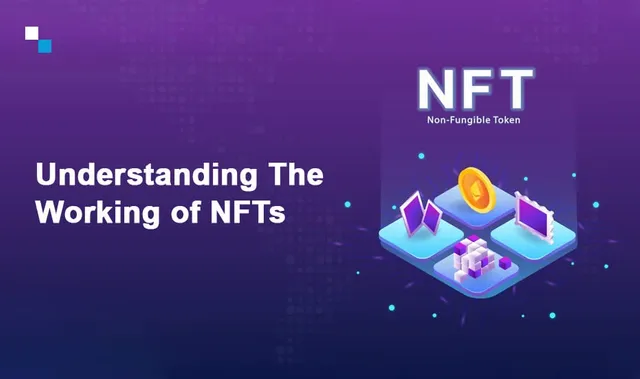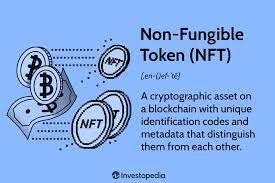What is NFT and how does it work ?
NFT stands for "Non-Fungible Token." It's a type of digital asset that represents ownership or proof of authenticity of a unique item or piece of content using blockchain technology. NFTs have gained significant attention in the art, entertainment, and collectibles industries, allowing digital content to be bought, sold, and owned in a way that wasn't previously possible.
Here's how NFTs work:
Blockchain Technology: NFTs are built on blockchain platforms, which are decentralized and secure digital ledgers. Ethereum is one of the most commonly used blockchains for NFTs, although other blockchains like Binance Smart Chain and Flow are also used.
Uniqueness and Indivisibility: Unlike cryptocurrencies such as Bitcoin or Ethereum, which are fungible (meaning one unit is interchangeable with another), NFTs are non-fungible, meaning each token is unique and cannot be exchanged on a one-to-one basis with another NFT.
Digital Ownership: NFTs represent ownership of a specific digital item, which could be digital art, music, videos, virtual real estate, collectibles, virtual goods in video games, and more. These items are usually stored off-chain (not directly on the blockchain) due to their size.
Metadata and Smart Contracts: The real value of an NFT lies in its associated metadata and smart contract. Metadata includes information about the digital item, such as its title, description, artist, and a link to the actual digital content. Smart contracts are self-executing contracts with the terms of the agreement directly written into code. They define how the NFT can be bought, sold, and transferred.
Proof of Ownership and Authenticity: NFTs use the blockchain's security and consensus mechanisms to prove ownership and authenticity. When someone purchases an NFT, a transaction is recorded on the blockchain, publicly verifying that the buyer is now the owner of that specific NFT.
Marketplaces: NFTs are often bought and sold on online marketplaces specifically designed for trading these tokens. Some popular NFT marketplaces include OpenSea, Rarible, and NBA Top Shot. These platforms provide a way for creators to list their NFTs for sale, and for buyers to discover and purchase NFTs they're interested in.
Royalties and Secondary Sales: One unique feature of NFTs is that creators can often set royalties for themselves, earning a percentage of the sale price each time the NFT is resold in the future. This can provide ongoing income for creators as the NFT changes hands in the secondary market.
Challenges and Considerations: While NFTs offer exciting opportunities for artists and content creators to monetize digital works, there are also concerns about environmental impact due to the energy-intensive nature of some blockchain networks and potential copyright issues related to digital content ownership.
It's important to note that while NFTs have gained popularity and value, their market can be speculative and volatile. As with any investment or digital asset, it's crucial to do thorough research and exercise caution when participating in the NFT space.

